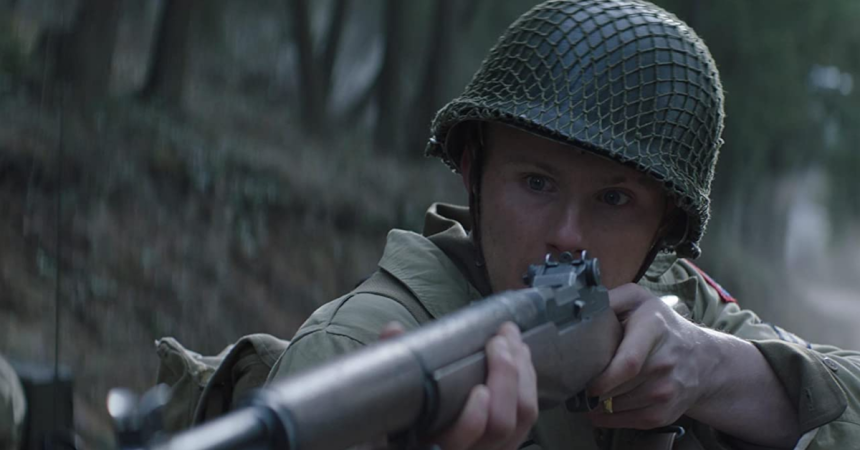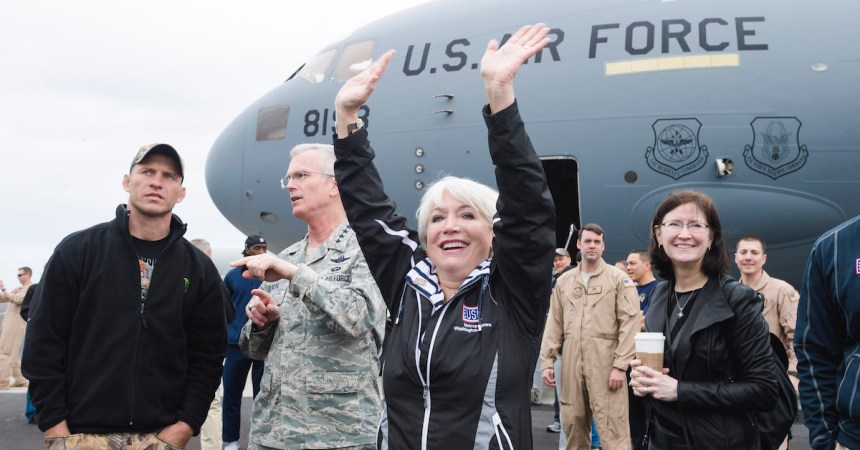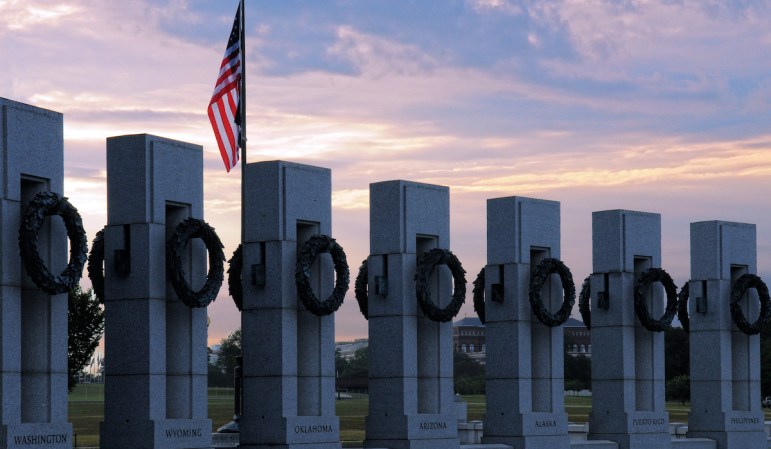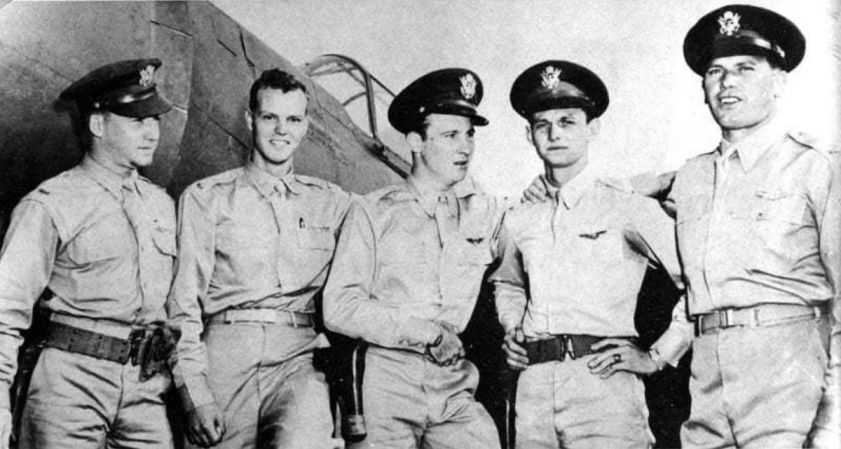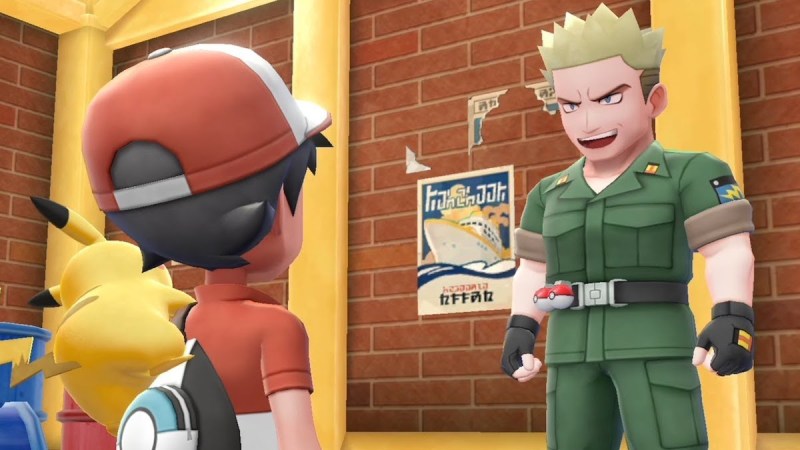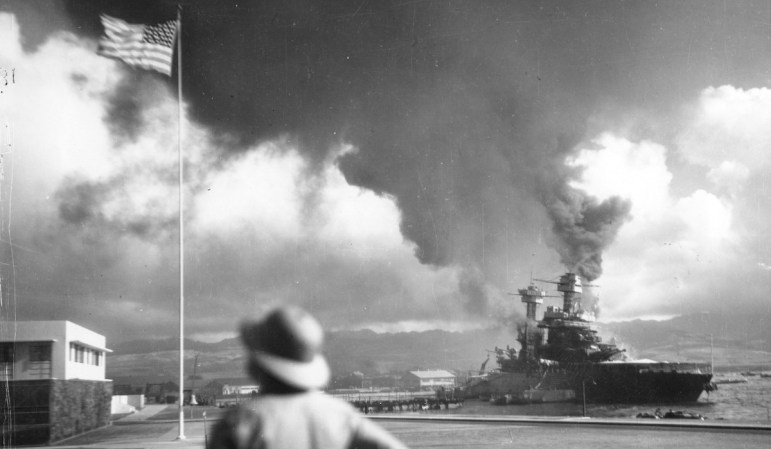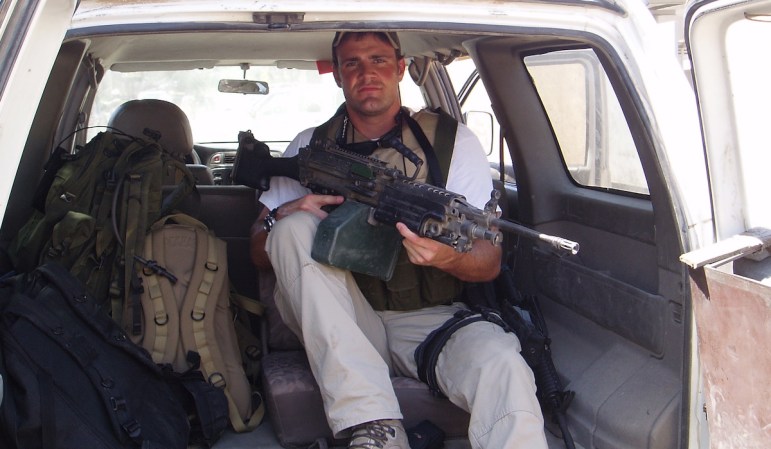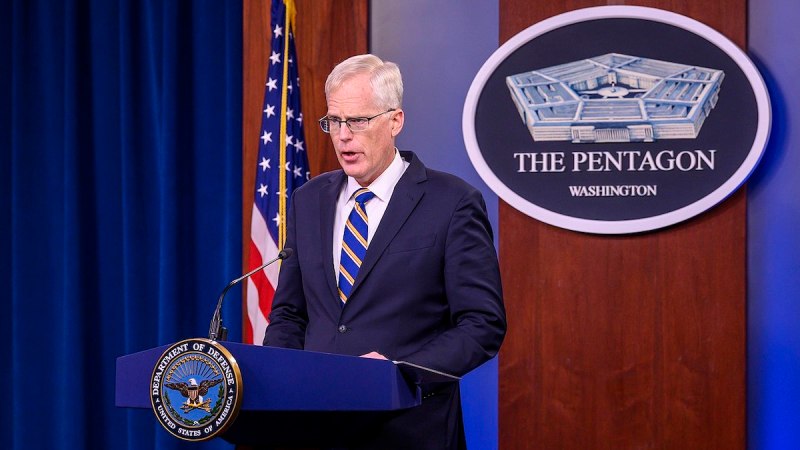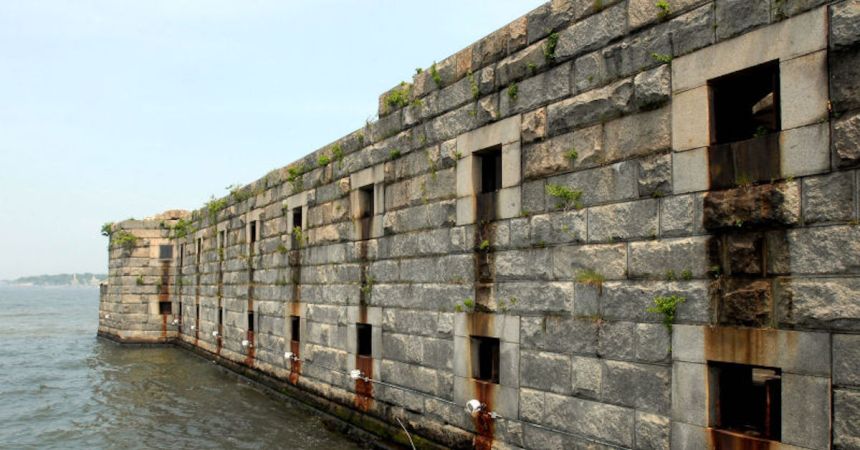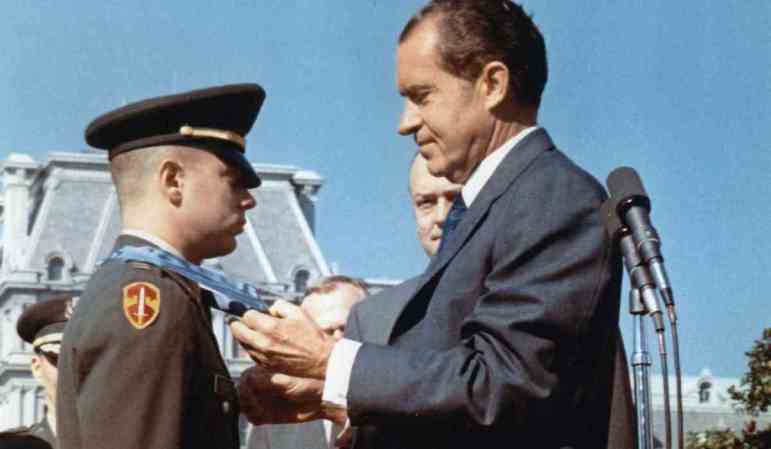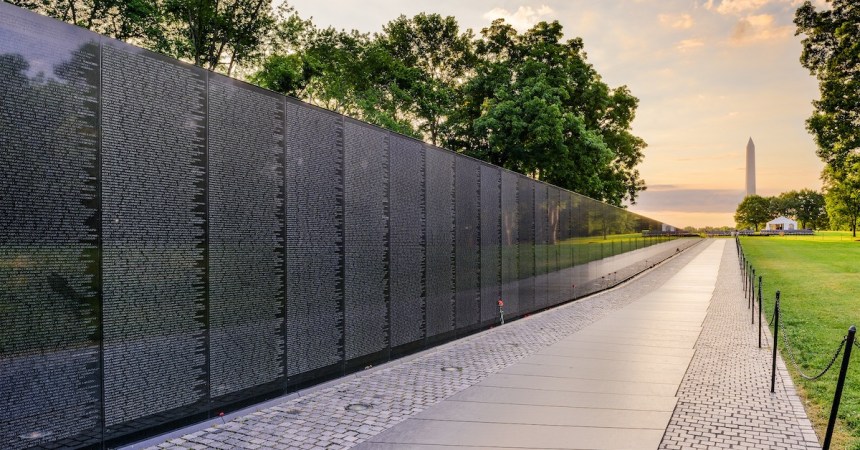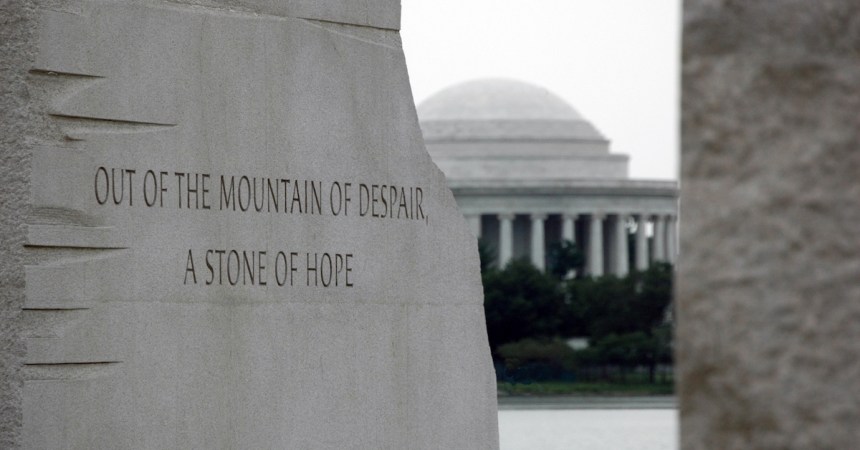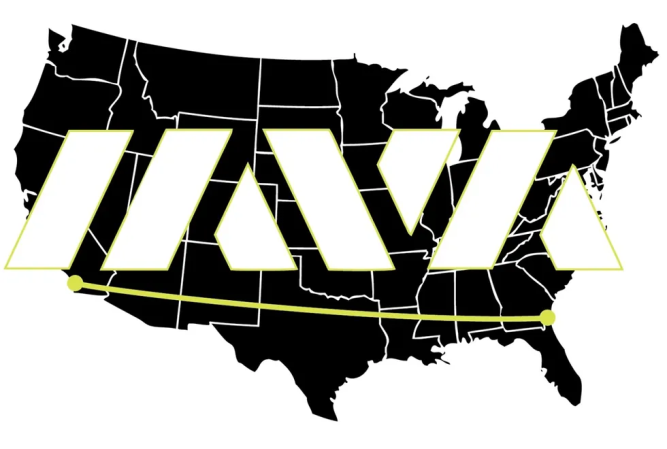These days, aircraft designers aren’t exactly household names. Quick, can you tell me who designed the F-22? How about the F-35? No? Don’t worry, not too many can.
Back in the day, aircraft designers were big names. Kelly Johnson of Lockheed is rightly famous for designing the SR-71 and P-38, among other planes. But only one man can say that he designed aircraft that helped avenge both Pearl Harbor and the 9/11 attacks.

His name is Ed Heinemann, and he holds the distinction of having designed both the plane that won one of the most pivotal battles in naval history and today’s best multi-role fighter. According to the National Aviation Hall of Fame, he became the chief engineer at Douglas Aircraft Corporation’s El Segundo plant in the 1940s.

While there, he designed the A-20 Havoc and, more notably, the SBD Dauntless. The SBD is most famous for what it did in the span of roughly five minutes on the morning of June 4, 1942, about 175 miles north-northwest of Midway Atoll. In that timeframe, three Japanese aircraft carriers, the Akagi, Soryu, and Kaga, were fatally damaged by dive-bombers launched from aircraft carriers USS Enterprise (CV 6) and Yorktown (CV 5).
The SBD wasn’t all. While with Douglas Aircraft Corporation, Heinemann also designed some Cold War standbys of the United States: The A-3 Skywarrior and the A-4 Skyhawk.

Heinemann left Douglas in 1962 to join a company called General Dynamics. In the wake of the Vietnam War, that company would be one of two asked to develop a lightweight fighter for the United States Air Force that took into account lessons learned from fighting the Communists. Heinemann oversaw the project team, which would produce a multi-role fighter that would become almost as widely exported at the Skyhawk, until his retirement in 1973.

That plane, Ed Heinemann’s last aviation creation, would win the competition, and even get to star in a movie, all while becoming the backbone of the United States Air Force in Desert Storm (where it served alongside some modified A-3s) as well as the War on Terror. According to a book he co-authored on aircraft design, Ed Heinemann, in the last days of his career, oversaw the development of the F-16 Fighting Falcon.




